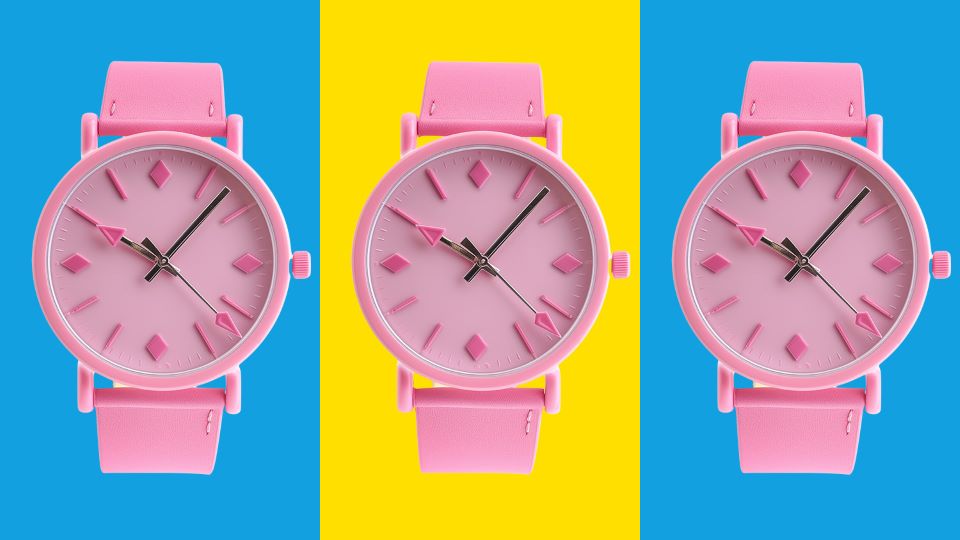Q. As a brand marketer, I need to not only evaluate an ever-expanding list of media options for my campaigns but figure out which creative approach and offer/information will work best. How do I make smart decisions about what will deliver the best ROI before I commit?
Every marketer would like to have a reliable crystal ball to tell them which consumers will be most receptive to their messages, what channels will be the most cost-effective at reaching that audience and what creative treatments and offers will get consumers to reach for their wallets. While not exactly a crystal ball, the right research and tests will go a long way toward answering those questions.
The challenge with testing is that it can be expensive and time-consuming — and in many organizations it’s nobody’s principal responsibility, notes Earl Potter, Senior Vice President of Media Analytics at Quad.
“I remember talking to the CMO of one big retailer at the start of the fiscal year and I asked, ‘What kind of tests should we start thinking about to prepare for Q4, so we have results and can apply them?’ His response was that he was too busy to discuss it then. But in late Q3, when sales weren’t so great, he came to me and said, ‘What can we do for Q4?’ and the answer was nothing, because it was too late,” Potter recalls. “With testing, you have to start early, you have to be systematic and objective. This all takes time and dedication.”
He urges brands to adopt a “learning agenda mindset” from Day One. “What you learn in January, you employ in May. Effective testing is never ‘one and done,’” Potter advises.
Ideally, a total test-and-learn mindset should at least consider the following three approaches:
That pressure contributes to a common pitfall with in-market testing — not being bold enough. “You have to design a test that’s bold enough to get a measurable result,” Potter explains. “So many times, it’s, ‘Well, I’ll increase one variable by 10% and see what happens,’ and almost assuredly that’s going to give you an inconclusive result.”
“I would much rather go to my boss and say, ‘We conducted a rigorous test, and this idea is a stinker so we shouldn’t do it,’ than tell him or her, ‘We conducted a test, and I don’t know if that idea worked or not.’ That’s a waste of time and money.”
Mistakes made in-market can be costly in a variety of ways. To mitigate the risks, brands should consider one or more of these testing methods for each new campaign or product launch, Potter advises, to optimize spending and improve ROI.
Want to learn more — and continue the conversation? Reach out to Earl Potter, Senior VP, Media Analytics at Quad, epotter@quad.com



